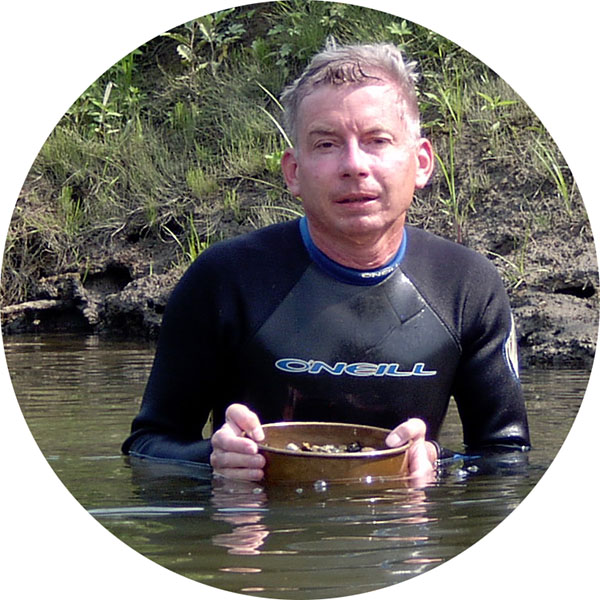We see so little of the world that we live in. I was reminded of this yesterday when I visited Tivoli, where 17-year cicadas have emerged in great hordes. The sounds of the cicadas filled the air, and fat, red-eyed bugs clung unsteadily to leaves or wobbled through the air. These insects emerge, take over the world for a few weeks, and then disappear for another 17 years.
Except that they don't. These insects are with us all the time, it's just that they spend 16.9 years in hordes underground, living with the blind worms in the secret life of the soil, dreaming their cicada dreams of sunshine and flight. They don't disappear, they just drop out of our field of view.
They're not the only parts of our world that flicker into view for a little while, and then "disappear". For a week or two in late April, the forests of the Hudson Valley seem just filled with shadbushes, lit up like Christmas trees with their white flowers. Once they're done blooming, though, it's hard to find a shadbush – it's as if they have vanished.
When it was really wet a few summers ago, my wife and I went into the woods looking for mushrooms. And boy did we find them – dozens of kinds of mushrooms in all sorts of colors and shapes that I would have said weren't found in nature. Graceful jet-black oars, cinnabar funnels, cheerful lemon yellow jelly-balls, broad fawn parasols, yellow mushrooms that bled blue ink when you touched them. It was as if a candy designer on LSD had chosen the fungi for this woods. Although we rarely see them, these bizarre fungi are here all the time, growing quietly in the soil and waiting for just the right conditions to pop up and startle us.
Thinking about all of the pieces of the world that come into our view for just a brief time made me reflect on the pieces that never come into our view. There are many such pieces – things that are too small to see, like the innumerable creatures of the soil; things that come out only at night, like the flying squirrels that are so common locally, but which most of us never get to see; things in places where we never go, like the strange life of the ocean trenches; things that are altogether invisible, like the greenhouse gases emanating from a soil; and perhaps most common, things that we just never bother to look at.
One of the privileges of being a scientist is that we have a license to look for all of the unseen parts of our world. (This sounds exciting, but doing science doesn't always feel that exciting. My friend George McManus once described scientific research as "Long periods of tedium broken only by occasional episodes of intense disappointment".)
When scientists see what no one has ever seen before, sometimes we see things that are fundamentally important to people, like rising carbon dioxide concentrations in the atmosphere, or the spirochete that causes Lyme disease. Sometimes, we see things that are just plain fascinating, like the 7-foot long tube worms that live along deep-sea vents, and which have no digestive tract, but are fed by symbiotic bacteria that in turn feed on hydrogen sulfide, a chemical that is a deadly poison for most life (what writer of fiction could think of such things?). And sometimes, as suggested by George's quote, we see things that aren't especially interesting or important. But unless we look, we don't know what our world actually looks like.
But you don't have to be a licensed scientist to expand your view of the world, and see the unseen. Anyone who wants to can see a little more of the world. Wade into a creek and look under the rocks. Go into the woods after a rain. Look really closely at a handful of soil. See the world.




